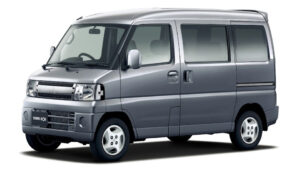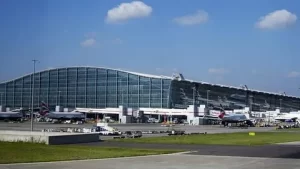Getting the right water amount in a brewing process like BBE (Beverage Brewing Experience) can make all the difference between an average and a stellar drink. Too much or too little water can drastically impact the taste, strength, and quality of the beverage, whether it’s coffee, tea, or another brewed drink. Learning how to accurately dial in the water amount is crucial for a consistent, high-quality BBE, and this guide will walk you through each step of the process to help you achieve perfect results.blogs
What is BBE and Why is Water Amount Important?
BBE, or Beverage Brewing Experience, refers to the process and techniques involved in crafting the perfect drink through controlled brewing. The BBE is a critical step for anyone looking to replicate quality, artisanal beverages at home, and water is a central element of this process. Using the right amount of water in relation to other ingredients is key, as it affects:
- Flavor extraction
- Beverage strength
- Consistency and smoothness
Key Factors for Calculating Water Amount in BBE
Understanding how much water to use isn’t always straightforward. Here are several factors that play into the optimal water amount for any BBE:
1. Type of Beverage
Each type of beverage has specific water requirements:
- Coffee typically requires a ratio of 1:15 to 1:18 coffee-to-water.
- Tea can vary based on type but generally needs around 1-2 teaspoons of loose tea per cup of water.
2. Desired Strength
The strength of the beverage should be adjusted by the water-to-ingredient ratio:
- For a stronger drink, reduce the water amount slightly.
- For a lighter taste, increase the water-to-ingredient ratio.
3. Brewing Method
Brewing methods like drip, French press, and espresso require different water amounts for optimal extraction. For example:
- French Press often uses a 1:15 coffee-to-water ratio.
- Espresso generally has a high concentration with only a small amount of water.
Step-by-Step Guide to Dialing in Water Amount for BBE
Dialing in the water amount requires a combination of precision, consistency, and taste-testing. Here’s how to get it right:
Step 1: Measure Your Ingredients Precisely
Begin by accurately measuring the primary ingredient (e.g., coffee grounds, tea leaves). Using a scale is recommended to maintain consistency.
Step 2: Establish a Consistent Brewing Ratio
Choose a base brewing ratio. For instance, use a 1:15 ratio of coffee-to-water for coffee drinks. Adjust this base as you experiment.
Step 3: Adjust Based on Taste Preferences
Taste testing is crucial. If the drink is too strong, add a small amount of water. If it’s too weak, reduce the water slightly in future brews until it matches your taste preference.
Common Mistakes to Avoid
- Not Using Filtered Water: The quality of water can influence taste. Tap water with minerals or impurities may alter the beverage flavor.
- Ignoring Altitude Effects: High altitudes can alter brewing times, potentially requiring more water to reach the desired strength.
- Over-Adjusting Ratios: Make small adjustments; drastic changes can lead to inconsistent results.
Advanced Tips for Optimal Water Calibration
For those who want to perfect their BBE even further, these advanced tips may help:
- Use a Thermometer: Temperature consistency is essential for optimal extraction. Aim for a range of 195-205°F for coffee and variable ranges for different teas.
- Invest in a Scale: A scale ensures precision, especially for complex brewing processes.
- Keep a Brewing Log: Track your ratios, water amounts, and results for each session to fine-tune your ideal parameters.
FAQs
1. How can I calculate the best water amount for different types of beverages?
Use a brewing chart for specific drink types to determine initial ratios and fine-tune from there based on taste testing.
2. Why does water quality matter in BBE?
Water quality affects taste; minerals and impurities in tap water can interfere with flavor extraction.
3. What is the best water temperature for BBE?
For coffee, 195-205°F is ideal. Tea varies but generally ranges from 160°F for green teas to 212°F for black teas.
Conclusion
Mastering the art of dialing in water amounts for BBE involves precision and experimentation. By following these steps and adjusting based on taste, you’ll be able to produce a perfectly balanced beverage every time. Enjoy your BBE journey and discover how small tweaks can elevate your brewing experience news.






